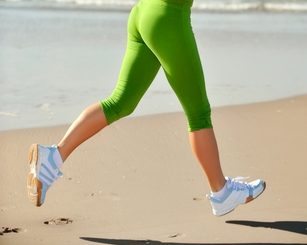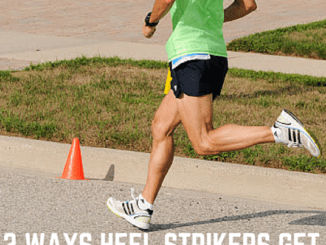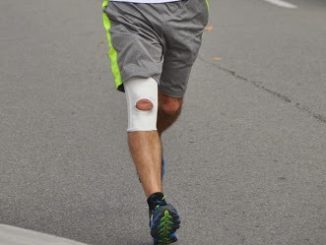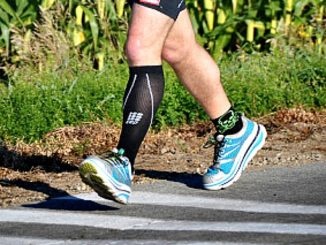Heel strike running is bad because multiple lines of research over the last few decades have proved the many verifiable aspects of heel strike running that are primarily responsible for nearly all running injuries vs forefoot running.
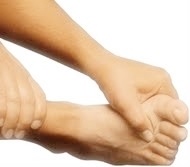
Heel Strike Running Causes Toe Injury
The mechanical components engaged by heel striking when running was found to increase bending moments beyond tolerance on the toes, while plantar pressure in the forefoot raised to pain-inducing levels. Another bad outcome from this was increases in dorsal bending moments and compression strains placed additional burdens on the foot, as compared with forefoot running, which showed a net-reduction in injurious foot loading.

